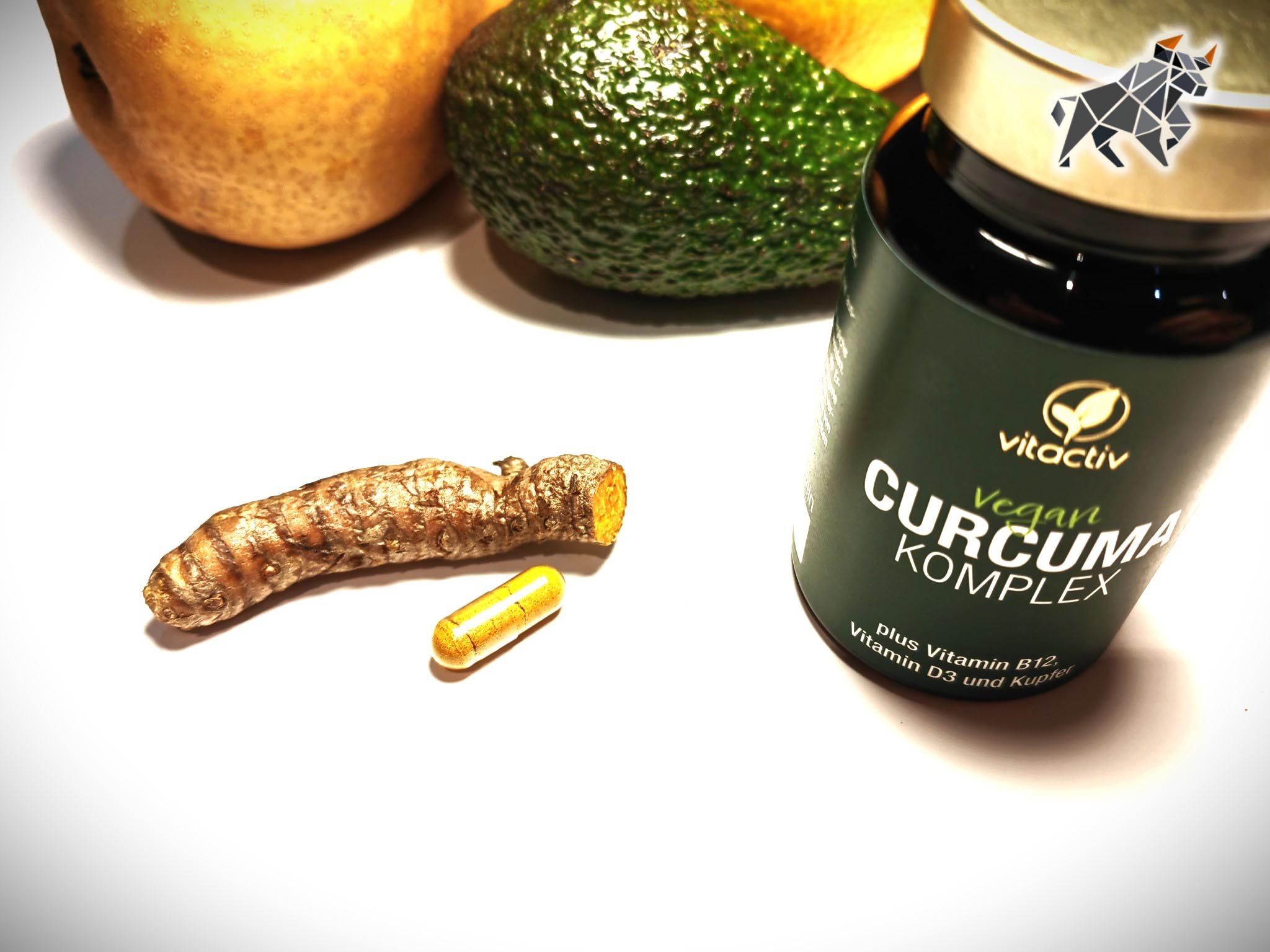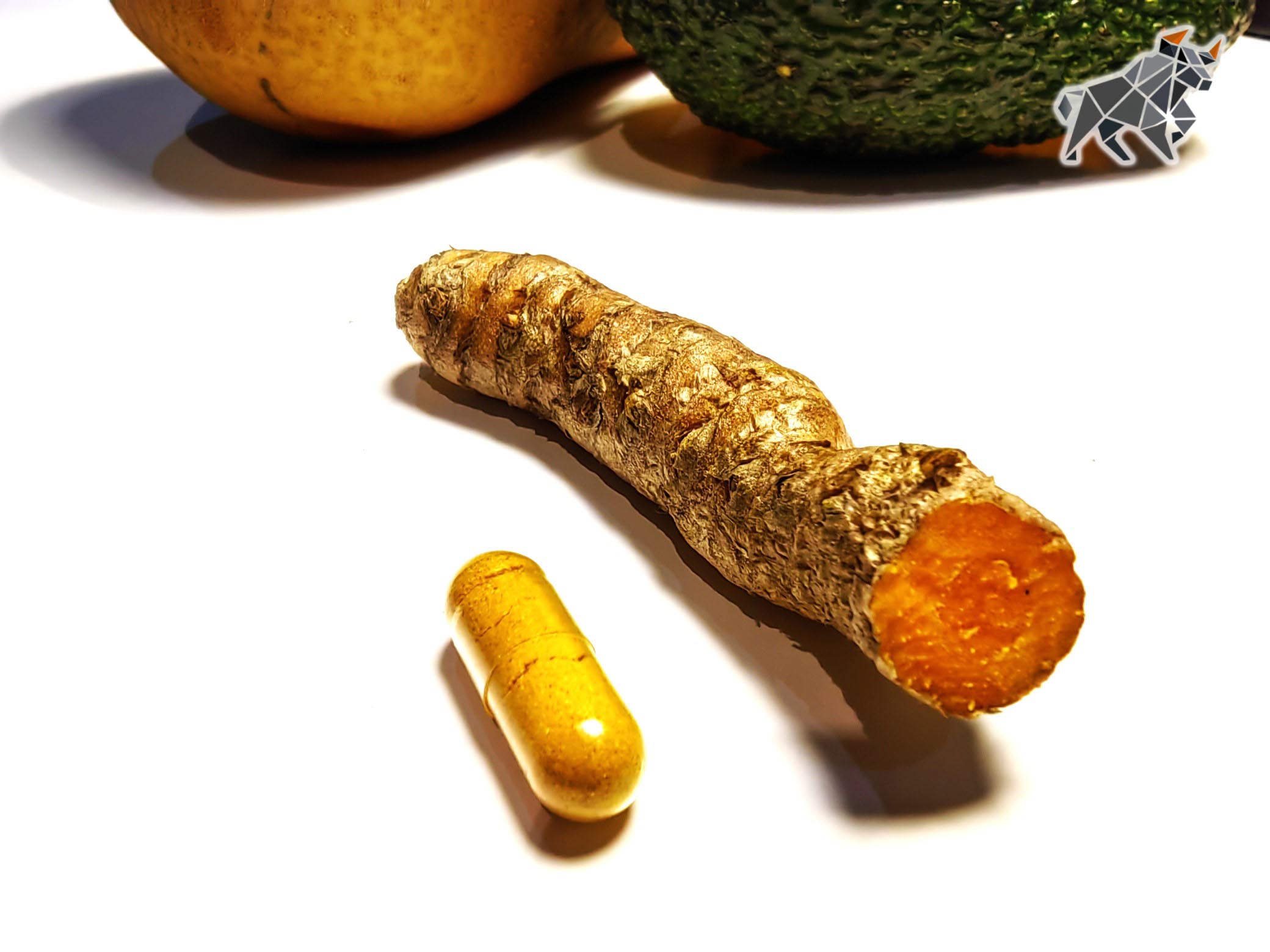00
Hours00
Minutes00
SecondsThe countdown is on – tomorrow at 7:00 AM, the next inspiring blog will be live!
Every day is a new opportunity to grow, learn, and become stronger.
Let’s walk this journey together!

DailyInspire 2025
Turmeric – the Queen of Spices. I – the King of Weight!
The first thing and numero uno for today is that my weight showed 99.7, then changed its mind and reconsidered to 99.9 – but still, this is my first two-digit result since my university days, meaning around 15 years. It really happened! Just 2.9 kg more, and my first short-term goal is in my pocket! (97 kg or less...)
My fight makes sense. This is a reward in itself – the brain gets an obvious jolt that it’s worth it. It's worth building and reinforcing the habit of exercise, cycling, vinegar with olive oil and warm water, waking up at 5 AM, meditating, reducing excess carbohydrates, avoiding white bread, and even chewing raw turmeric every morning – which, for me, is unpleasant (though interesting).
“Let food be thy medicine and medicine be thy food.” – Hippocrates
And that’s exactly what today’s blog is about – turmeric.
A short introduction.
Turmeric – nature’s golden treasure. A dye, a spice, and most importantly – MEDICINE!
Turmeric (Curcuma longa) is a plant from the ginger family, primarily known for its medicinal and culinary properties. It is mainly cultivated in India, China, and Indonesia.
How does it grow?
Turmeric is a perennial plant reaching around 1 meter in height. It has large, lance-shaped leaves and blooms in white or pink flowers. Beneath the ground, it develops rhizomes – these are the parts used in cooking and medicine.
What do we eat?
The edible part of turmeric is its rhizome. What is a rhizome? A rhizome is the underground part of the plant, resembling a root, but it is NOT a root! It’s a thickened stem growing underground, storing nutrients – which is why turmeric is our little hidden underground queen of goodness.
On the surface, there are delicate flowers, tempting to be picked, but the real treasures are underground – just like diamonds.
Where and when do we harvest it?
Turmeric thrives in tropical climates. Harvesting typically takes place 7–10 months after planting, which means late autumn or winter, when its leaves start turning yellow and drying out – becoming classic crispy remnants.
The world’s largest producer of turmeric is… India. No surprises here. This country accounts for about 80% of global turmeric production. India is also the largest exporter of this spice – they thankfully don’t eat it all themselves and share this miracle with the rest of the world.
Thank you! शुक्रिया!

DailyInspire 2025
How do I eat it?
I go hardcore – raw. About five slices on an empty stomach with my water, vinegar, and olive oil (it’s worth adding pepper – it helps with absorption). If I don't forget, I’ll pepper it up. More on that in the summary.
Do I take capsules or supplements? Yes, I do. I usually take them before a meal if there's no curry or turmeric in it. One small capsule (you can see it in the picture) – and so much goodness in it. Worth it!
Summary
Turmeric is a plant whose health benefits fascinate scientists all over the world (and not just them, because I don’t wear a white lab coat, yet I’m a fan too). So far, nearly 21,000 studies have confirmed its effectiveness in fighting inflammation, pain, digestive issues, and even cancer. Yes – cancer!
What’s the secret of this small, unassuming plant and the hidden treasures in its rhizome? The key ingredient in turmeric is curcumin – a natural compound with anti-inflammatory, antibacterial properties that supports the body on multiple levels. Interestingly, its effects are often compared to conventional medications but – and this is crucial – without side effects. ZERO. NULL! Take it, my friend.
Turmeric is a true game-changer for health! Regular consumption boosts immunity, speeds up recovery, and can help prevent many diseases. Some studies have shown that just 30 mg of curcumin per day effectively alleviates Helicobacter pylori symptoms (Tfu! This stomach-dwelling bacterium can cause ulcers, inflammation of the stomach lining, and even increase the risk of stomach cancer). Meanwhile, 4 g of turmeric daily can reduce the risk of colorectal cancer by up to 40%. If that’s not a solid argument for slicing it up or popping a capsule daily, I don’t know what is. For me – it is! Thanks, scientists!
But how do we take it for maximum effect?
There are two key factors:
- Black pepper – increases curcumin absorption by up to 2,000 times.
- Fat – curcumin is best absorbed when combined with olive oil, ghee, or avocado.
Turmeric isn’t just a supplement – it’s also a fantastic dietary addition. As I mentioned above, we consume it raw (not through the nose), cooked, dried, and so on. Golden milk before bed? Great idea! – tonight, it’s on the menu as a treat to end the day.
Turmeric is nature’s power locked in a single plant. If you’re not using it yet, it’s time to start. Your body will thank you for it!
Motto for today:
Turmeric – nature’s gold, the elixir of health and longevity.
Yesterday’s tasks: Completed.
Today's tasks:!
Kommentare
Stillness Is No Longer a Choice – A Kafka-Inspired Reflection
What happens if you never move forward? A haunting reflection on risk, paralysis and the quiet price of staying still.
To Be or to Have?
Progress
Total Days: 0
Passed Days: 0
Failed Days: 0
Days Remaining: 0
© 2025 dailyinspire.ch

